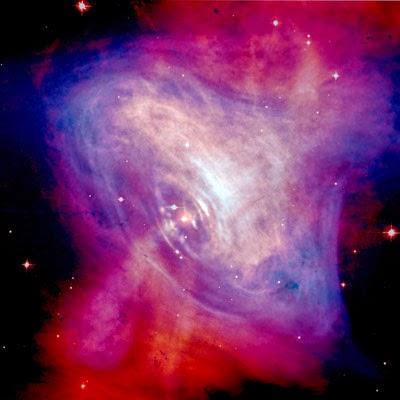All that is just a myth. So a few questions might arise, what is antimatter? Are you kidding me? Whoa are we in star wars?
Well this is not a tricky question. Antimatter is the literal meaning of the word "anti-matter"-the opposite of normal matter.
Until the recently, the presence of antimatter was only considered theoretical. It was introduced in 1928 when a British physicist Paul A.M. Dirac revised Einstein's famous equation E=mc². Dirac said that Einstein didn't consider that the "m" in the equation - mass - could have negative properties as well as positive. Dirac's equation (E = + or - mc²) allowed for the existence of anti-particles in our universe. Scientists have since proven that several anti-particles exist.
In particle physics, antimatter is material composed of antiparticles, which have the same mass as particles of ordinary matter but have opposite charge

Anti Matter
When antimatter comes into contact with normal matter, these equal but opposite particles collide to produce an explosion emitting pure radiation, which travels out of the point of the explosion at the speed of light. Both particles that created the explosion are completely annihilated, leaving behind other subatomic particles. The explosion that occurs when antimatter and matter interact transfers the entire mass of both objects into energy. Scientists believe that this energy is more powerful than any that can be generated by other propulsion methodsThese anti-particles are, literally, mirror images of normal matter. Each anti-particle has the same mass as its corresponding particle, but the electrical charges are reversed. Here are some antimatter discoveries of the twentieth century:
- Positrons - Electrons with a positive instead of negative charge. Discovered by Carl Anderson in 1932, positrons were the first evidence that antimatter existed.
- Anti-protons - Protons that have a negative instead of the usual positive charge. In 1955, researchers at the Berkeley Bevatron produced an antiproton.







